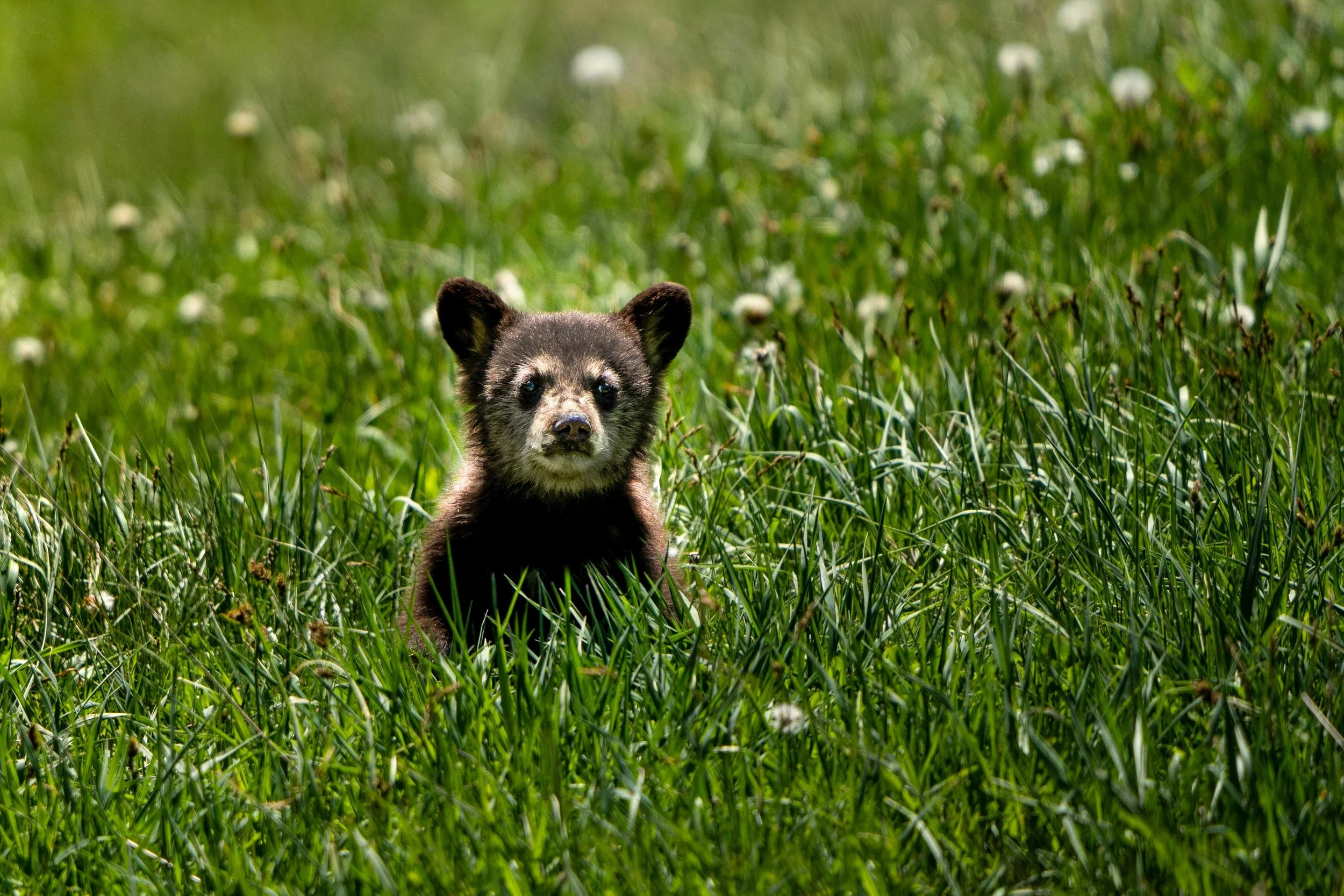As we pass the halfway point of 2025, we’ve taken a moment to reflect. Conservation is fast-moving and often urgent, but it’s also built on long-term relationships, strategy, and trust. That balance of big action and quiet groundwork has defined our year so far.
Here are a few of the places where momentum is building:
A wood turtle - as found in Bear Hill, New Hampshire.
Protecting Bear Hill — and Expanding It
Roughly 9,000 acres are now protected in this ecologically significant part of New Hampshire, with 3,000 more expected to close later this year. We’ve also identified five new parcels for potential conservation, and interest continues to grow, both locally and nationally. Senator Jeanne Shaheen recently visited the nearby Kilham Bear Center, and Bear Hill featured prominently in the Connecticut River Partnership’s recent presentation in Washington, where our CEO now sits on the executive committee.
Catahoula Lake is an important refuge for canvasback ducks and other waterfowl.
Strategic Action at Catahoula Lake
After careful assessment, we’re now actively engaged in efforts to restore protections for Catahoula Lake, a vital Ramsar wetland and refuge for waterfowl, Louisiana bears, and Louisiana pine snakes. Once a state-managed fish and game reserve, Catahoula has suffered from neglect since its privatization. We’re now collaborating with local partners and federal stakeholders to reconnect this area to the wider conservation landscape, with advocacy and fundraising already underway.
Together with a fantastic team we successfully collared 16 elephants.
Coexistence in Kidepo Valley: Elephant Collar Success
In Uganda’s Kidepo Valley, we supported the collaring of 16 elephants to improve our understanding of movement patterns across the tri-border region. The data will inform solutions to reduce human–elephant conflict and support peaceful coexistence. Early results are promising: over 1,000 elephants were observed - far more than expected - and the presence of calves suggests healthy populations. This work, done with the Uganda Wildlife Authority (UWA), Uganda Conservation Foundation (UCF) the Mara Elephant Project, Save the Elephants, the Kenya Wildlife Service (KWS), the Northern Rangelands Trust (NRT), Tropic Air and others, is already helping shape interventions across vast tracts of shared habitat.
The Kidepo landscape is preparing to once again welcome rhinos.
Returning Rhinos, Empowering Communities
Alongside the elephant work, the foundation for rhino reintroduction in Kidepo is being laid. Murungole Community Conservancy now has a dedicated ranger team, a strong local board, and a fully operational tsetse control program with encouraging early results. A parallel poultry initiative is also underway, empowering 30 local women with training, coops, chicks, and long-term mentorship. Partnerships with UWA, UCF, NRT, and the Platcorp Foundation have made all of this possible — and talks with South African partners on rhino translocation are gaining traction.
The roan population has double since the project was first started under the guidance of NRT and the KWS.
Roan Antelope Recovery in Ruma National Park
We’re thrilled to announce a new $319,000 grant from the M-PESA Foundation, which will fund infrastructure improvements and an education centre to raise awareness about this rare species. The sanctuary’s population has now doubled, with 24 roan and five calves born in the last nine months. It’s a quiet but remarkable success story, made possible by the steady work of KWS.
Shurr Community Conservancy in the Meru-Marsabit corridor is a critical but little-known landscape for conservation.
Meru–Marsabit: Quiet Progress in a Forgotten Corridor
Following a period of disruption due to frozen U.S. funding, Shurr Community Conservancy is now stable again, with 14 staff, a working vehicle, and a new partnership with WildLandscapes East Africa. Though unsuited to tourism, the Meru–Marsabit landscape plays a critical ecological role, serving as a corridor for elephants, lions, and potentially even rhinos. Thanks to support from the Gatinais Foundation, we’re now building data, partnerships, and a long-term vision to ensure its protection.
Looking Forward
None of this would be possible without the generosity and collaboration of our partners, donors, and supporters. If you’re seeking a grounded, impactful way to support conservation in a complex world, we invite you to join us by following or making a contribution.
Thank you from the whole team at WildLandscapes!








